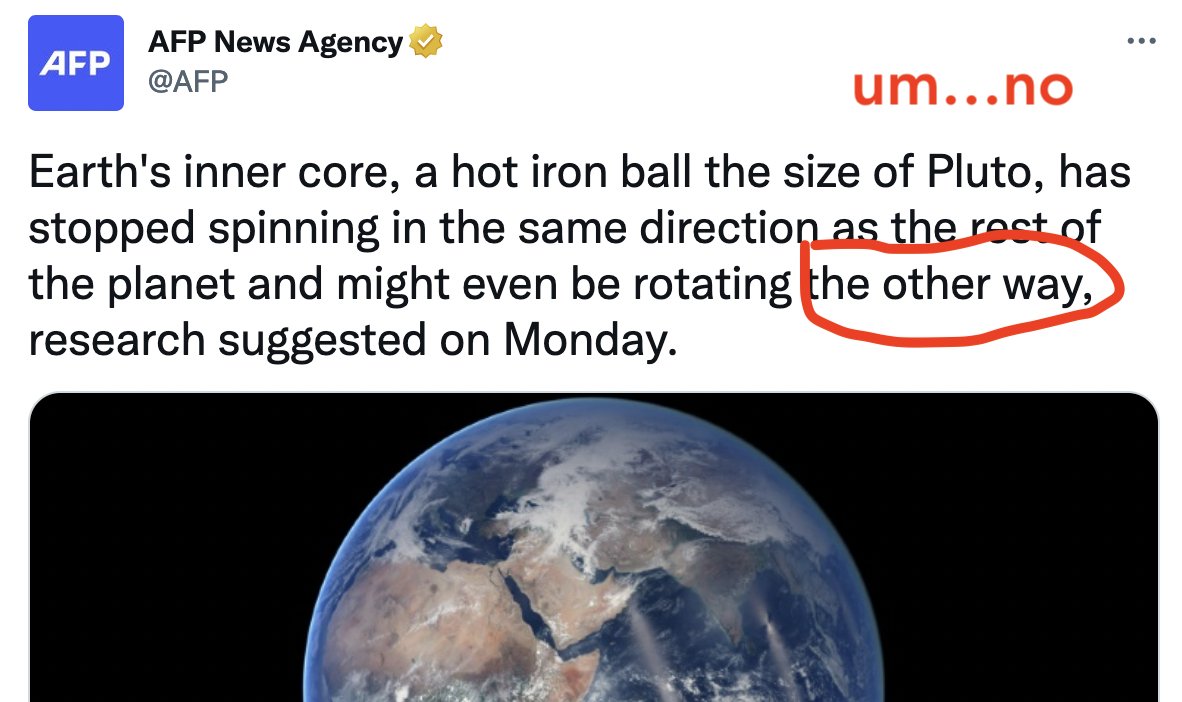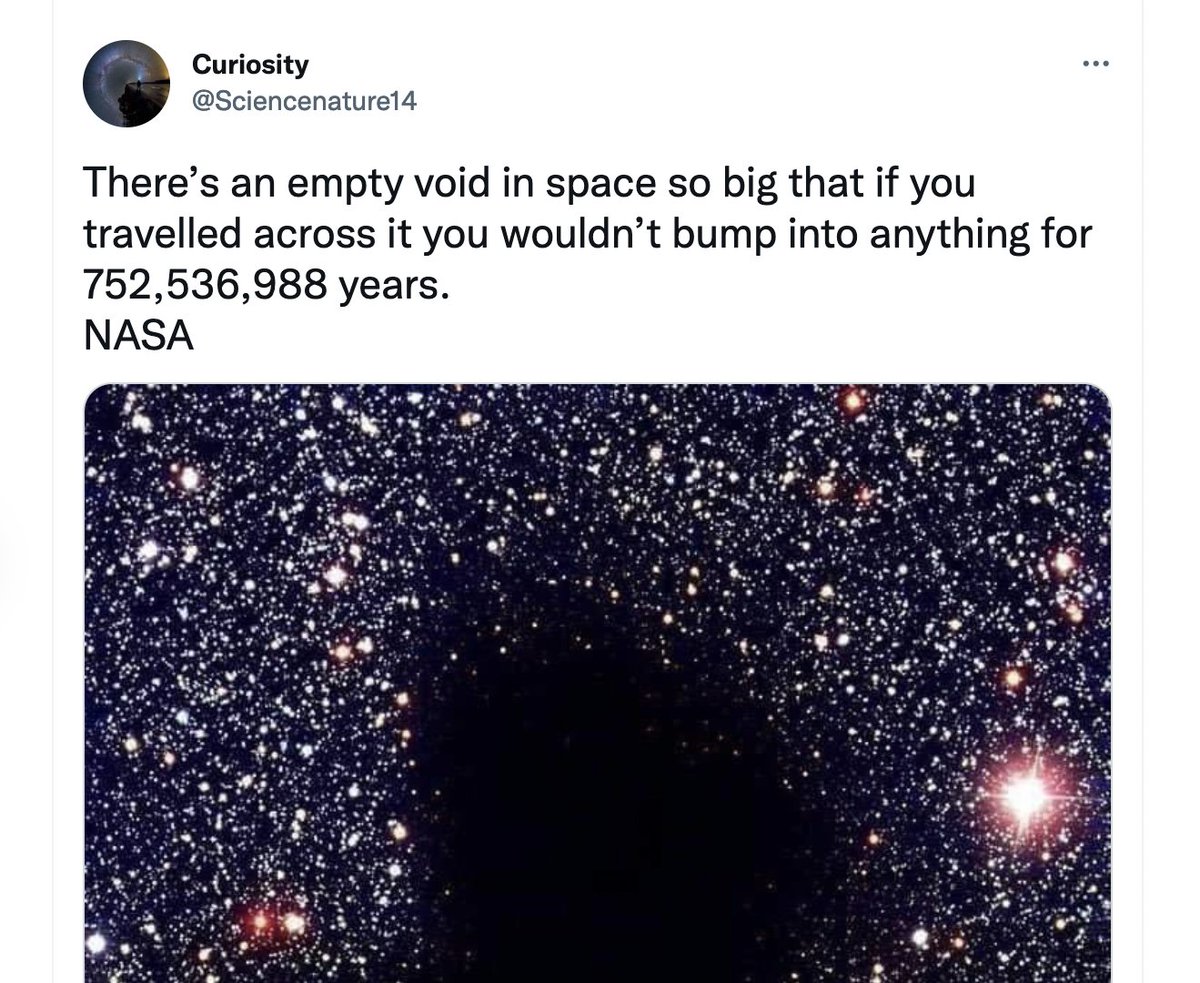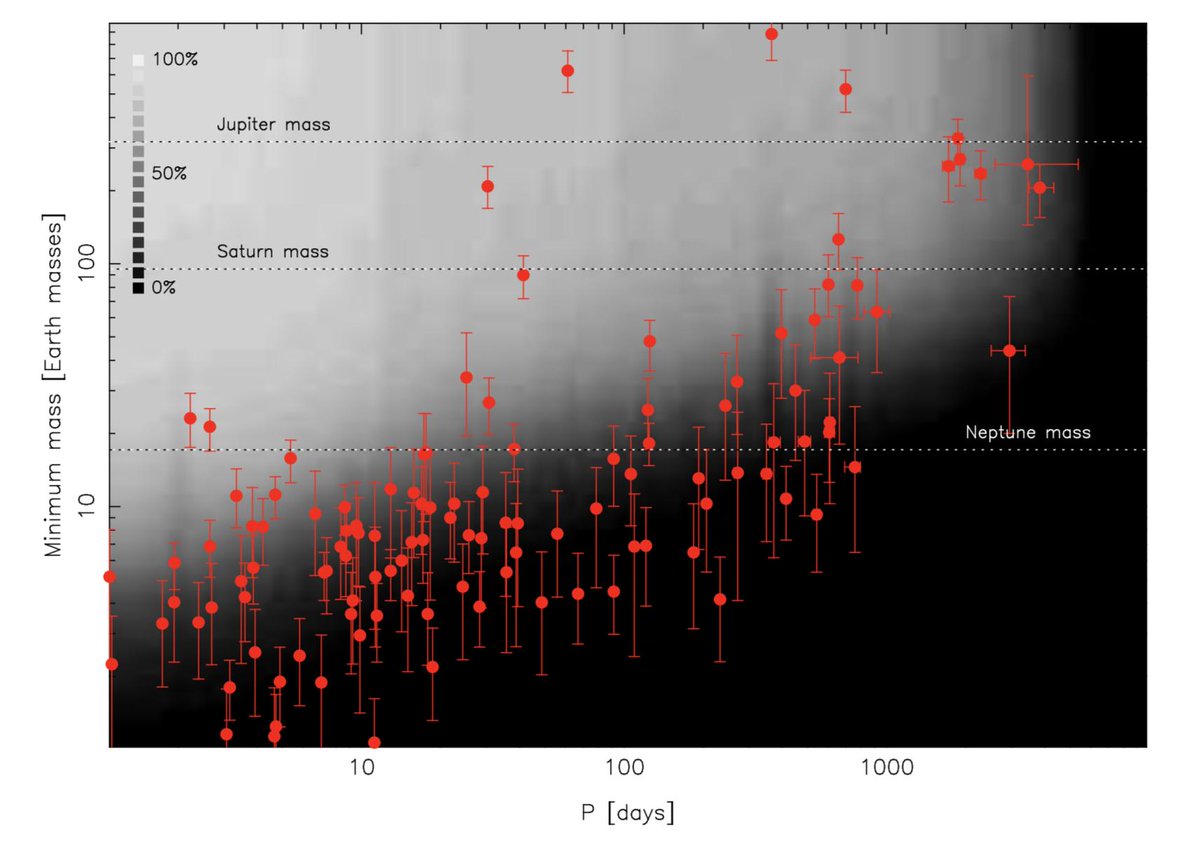
A curious human. Opening minds @openmind_mag. Casting pods with @BillNye. AKA: https://t.co/CpYNl1MZWR and https://t.co/8DXboHh4d5
How to get URL link on X (Twitter) App



 In the 18th century, Swedenborg, Kant & Laplace proposed that planets form in discs around stars. It took more than two centuries to see they were correct! But now we can observe discs, asteroids, comets, and even colliding planets around other stars.
In the 18th century, Swedenborg, Kant & Laplace proposed that planets form in discs around stars. It took more than two centuries to see they were correct! But now we can observe discs, asteroids, comets, and even colliding planets around other stars. 

 Researchers at Australian National University developed a clever way to sense seismic waves reverberating inside the Earth. Those echoes made it possible for them to sense the growing metallic seed at the center of our planet. nature.com/articles/s4146… #Perspective
Researchers at Australian National University developed a clever way to sense seismic waves reverberating inside the Earth. Those echoes made it possible for them to sense the growing metallic seed at the center of our planet. nature.com/articles/s4146… #Perspective 

 Key point: Earth's core rotates at almost exactly the same rate as the rest of the planet. Did in the past, still does so now. It rotates at the same speed to within 0.001%!
Key point: Earth's core rotates at almost exactly the same rate as the rest of the planet. Did in the past, still does so now. It rotates at the same speed to within 0.001%! 

 Fusion researchers measure fusion output in "Q," the ratio of power produced to power needed to maintain the fusion plasma. NIF has exceeded Q=1.
Fusion researchers measure fusion output in "Q," the ratio of power produced to power needed to maintain the fusion plasma. NIF has exceeded Q=1. 

 Test #1: Who is sending the tweet? Reputable researchers, journalists, and institutions identify themselves. If the account is anonymous and contains no information, you should be suspicious. 2/5
Test #1: Who is sending the tweet? Reputable researchers, journalists, and institutions identify themselves. If the account is anonymous and contains no information, you should be suspicious. 2/5 

 Mercury is so gray that it's tough to tell whether you are seeing pictures of it in color or black-and-white. This one is true color, seriously. blogs.agu.org/wildwildscienc…
Mercury is so gray that it's tough to tell whether you are seeing pictures of it in color or black-and-white. This one is true color, seriously. blogs.agu.org/wildwildscienc… 


 Reminder: When you apply a lot of imagination to an image at the very edge of resolution, you're going to "see" all kinds of strange things. The Face on Mars was a classic of this genre.
Reminder: When you apply a lot of imagination to an image at the very edge of resolution, you're going to "see" all kinds of strange things. The Face on Mars was a classic of this genre. 


 Human activities released 33 billion tons of CO2 in 2019. About 16% of that, or 5 billion tons, is associated with road transportation. iea.org/articles/globa…
Human activities released 33 billion tons of CO2 in 2019. About 16% of that, or 5 billion tons, is associated with road transportation. iea.org/articles/globa…

https://twitter.com/aussiastronomer/status/1139260786348445696A sweeping new paper (341 pages!) analyzes 426 nearby red dwarf stars. They seem to average at least 3 planets each, which translates to more than a trillion planets in the Milky Way, over 100 billion of them potentially habitable. arxiv.org/abs/1906.04644
